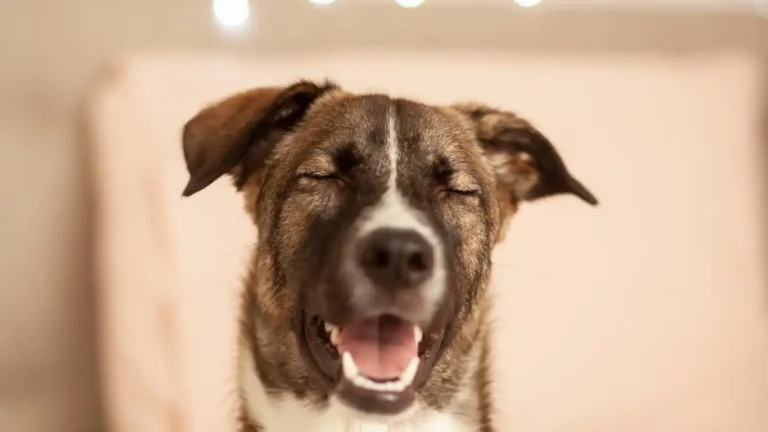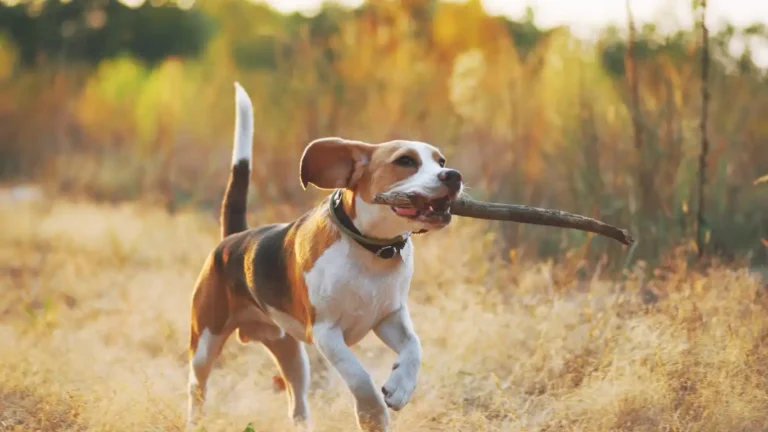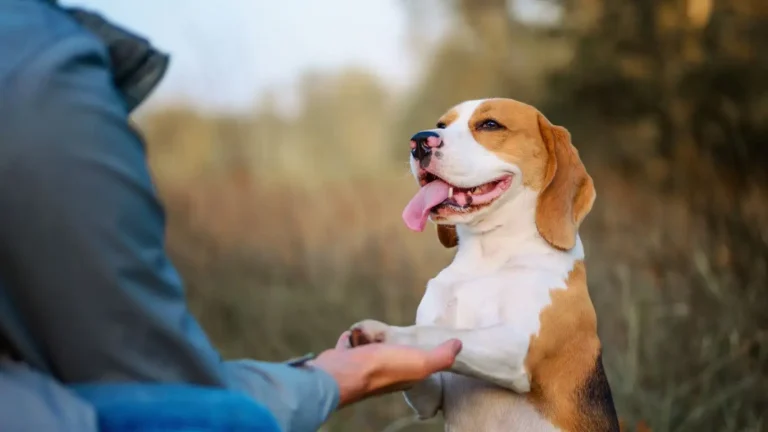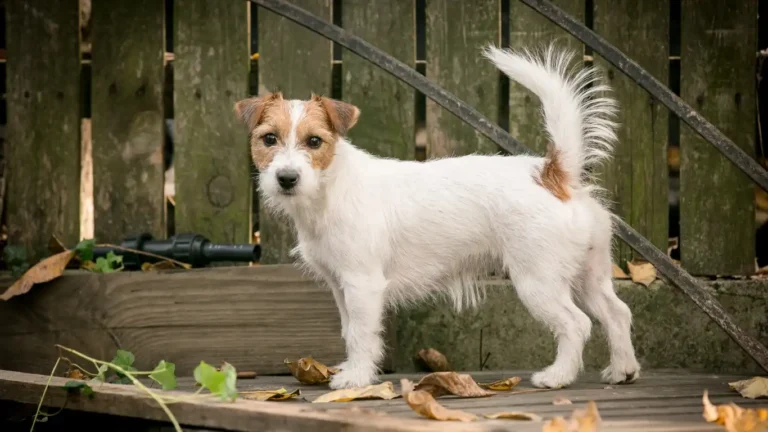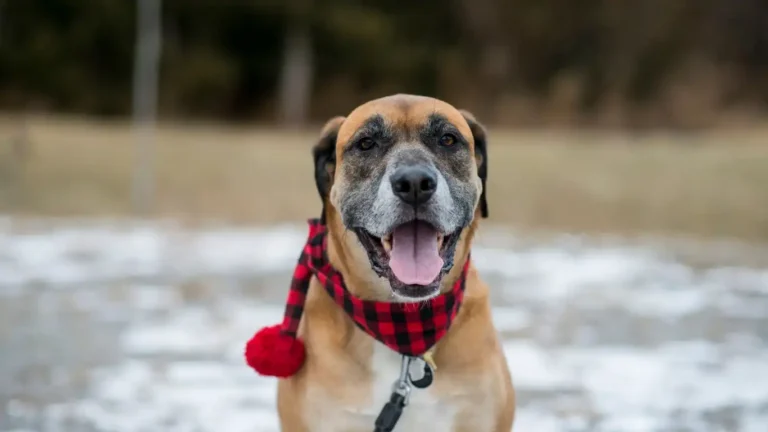How to Choose the Right Size Dog Harness for Comfort and Safety
Choosing the right size dog harness can feel a little overwhelming with so many options on the market, but trust me, as someone who’s worked closely with dogs for years, I can tell you it’s worth the effort. The perfect harness can make a world of difference in your dog’s comfort, safety, and walking experience. As a pet nutritionist and expert working in a veterinary clinic, I’ve helped countless pet parents figure out which harness fits their dog’s needs the best. Whether you have a small puppy or a large, active dog, getting the right fit is crucial not only for comfort but also for controlling your pet while on walks. Let’s break down how you can choose the right size dog harness in a way that suits both you and your furry friend.
Why Size Matters When Choosing a Dog Harness

When it comes to picking out a dog harness, size is everything. A well-fitted harness ensures your dog is comfortable and secure, while an ill-fitting one can cause pain, discomfort, or even injury. If the harness is too tight, it could restrict your dog’s movement and cause chafing. On the flip side, if it’s too loose, it could slip off or fail to provide enough control, which could be a safety risk. I’ve seen many dogs end up with skin irritation from improperly sized harnesses, and it’s never fun for the pet or the owner. But don’t worry, I’m here to guide you through the process of finding the right fit for your dog.
Common Types of Dog Harnesses
Before diving into sizing, it’s helpful to understand the different types of dog harnesses available. Different styles may require slightly different sizing methods, so let’s go over the most common ones:
- Back-Clip Harnesses: This is probably the most popular type. The leash attaches to a ring on the back of the harness, which is great for most dogs. It’s ideal for dogs who don’t pull too hard.
- Front-Clip Harnesses: This type is perfect for dogs who tend to pull on walks. The leash attaches to the front of the harness, which helps reduce pulling by turning the dog towards you when they try to pull.
- Step-In Harnesses: With this style, your dog steps into the harness, and it clips at the back. It’s easy to put on and great for dogs that are uncomfortable with over-the-head harnesses.
- Vest Harnesses: These provide a snug fit and usually distribute pressure more evenly across the dog’s chest. They’re great for dogs with short coats or sensitive skin.
How to Measure Your Dog for the Right Size Harness
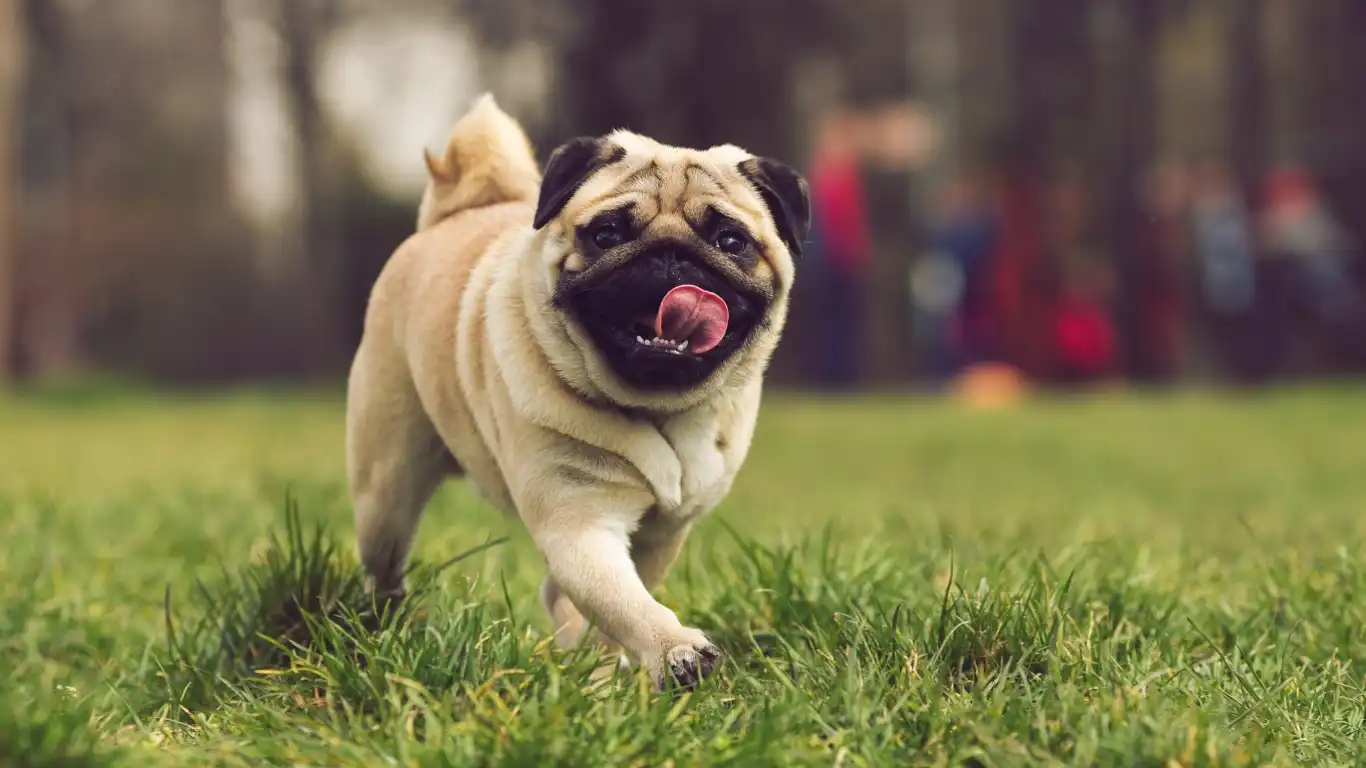
Now, let’s get down to the actual measurement part. You’ll need a soft tape measure (like the kind you would use for sewing) and a calm, patient dog—definitely easier said than done! Here’s how to get the most accurate measurements:
- Measure the Chest: This is the most important measurement. Place the tape measure around the widest part of your dog’s chest, just behind the front legs. Make sure the tape is snug but not tight. This is where the harness will sit, so you want it to be comfortable.
- Measure the Neck: Depending on the harness style, the neck measurement may also be necessary. Measure around the base of your dog’s neck, where the harness will sit. Again, you don’t want it too tight—just comfortable.
- Check the Dog’s Girth: For some breeds, it’s helpful to measure the girth, which is the circumference around the deepest part of the rib cage. This can be particularly important for large or muscular dogs, like bulldogs or pit bulls.
After measuring, always check the manufacturer’s size guide. Dog harnesses may vary slightly by brand, so it’s important to follow their specific instructions. And if your dog’s measurements fall between two sizes, always choose the larger size to ensure comfort and mobility.
Understanding the Sizing Labels
Most dog harnesses will have size labels like small, medium, large, or even extra-large. But here’s where it gets tricky—those sizes aren’t always the same across different brands. For example, a small harness from one brand might fit a 10-15 lb dog, while another brand’s small harness could be suitable for a 15-20 lb dog. So don’t rely solely on the weight range listed on the packaging. Always compare your dog’s measurements to the size chart for that specific brand to ensure a proper fit. As someone who has worked closely with various dog breeds, I can tell you that it’s the measurements, not the weight, that matter most.
Why You Shouldn’t Rely Only on Weight When Sizing a Harness
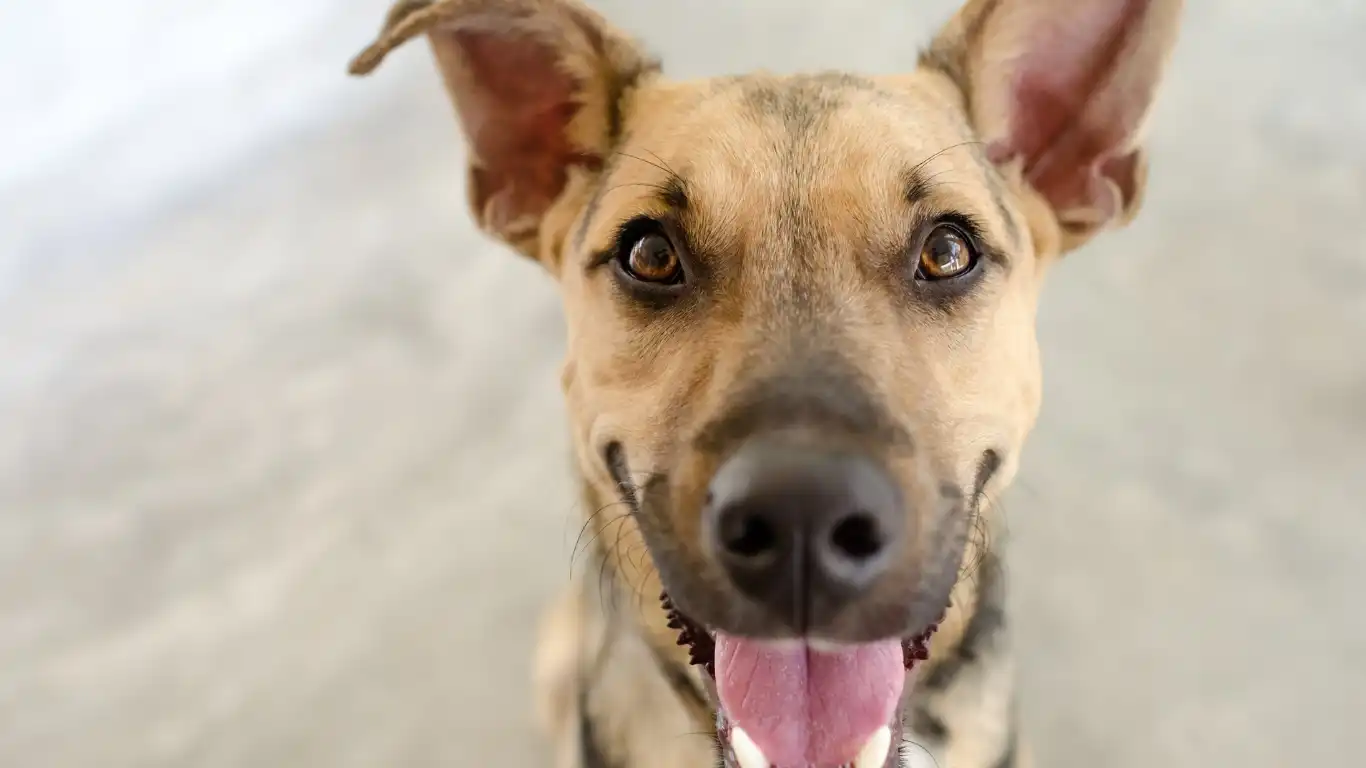
It’s tempting to think that just going by weight is enough, but in my experience, this can lead to problems. For example, a dog with a broad chest but a slim waist (like a greyhound) may need a different harness than a dog with a smaller chest but a larger body (like a beagle). Body shape plays a huge role in finding the right harness fit. So, while weight is a helpful guideline, it shouldn’t be the sole factor in your decision.
In the next section, we’ll dive deeper into the specific styles of harnesses and discuss which one may be best suited for your dog’s unique needs. But first, let’s ensure you’re clear on the basics of choosing the right size!
How to Choose the Right Style of Dog Harness

Once you’ve nailed down the correct measurements, it’s time to think about the style of harness that’s going to work best for your dog. There’s a huge variety out there, and as someone who’s worked with all kinds of pups, I can tell you that certain styles work better depending on your dog’s behavior and activity level. Let’s break down the most common styles and the dogs they’re best suited for.
1. Back-Clip Harness
The back-clip harness is often the go-to for many dog owners, and I can totally see why. It’s simple to use, comfortable, and works well for most dogs. As I mentioned earlier, the leash attaches to a ring on the back of the harness, which gives your dog the freedom to move without putting too much pressure on their neck. This style is particularly good for calm or less active dogs who don’t pull much on the leash.
Personally, I’ve used back-clip harnesses with my own dogs, and I can tell you they’re a dream. My dog, Luna, is a calm, well-behaved pup, and the back-clip style works perfectly for her. But if you’ve got a dog that pulls a lot, you may want to consider a different option for better control.
2. Front-Clip Harness
If your dog tends to pull like a sled dog on every walk, a front-clip harness might be exactly what you need. This style has the leash attachment at the front of the chest, which helps to redirect your dog’s attention toward you when they pull. It’s a great training tool that gently discourages pulling, without the discomfort of a choke collar.
Many of my clients who have high-energy dogs swear by the front-clip design. It’s great for dogs like terriers or huskies that are always in motion. I’ve worked with so many owners who were struggling with their dogs’ pulling habits, and once they switched to a front-clip harness, it made all the difference in getting their pups to walk more politely.
3. Step-In Harness
For dogs who hate having things go over their head (which, let’s be honest, is a lot of dogs), step-in harnesses are a lifesaver. With a step-in design, your dog simply steps into the harness and then you clip it shut. It’s fast, easy, and a great option for dogs that don’t enjoy the more traditional over-the-head harness style.
In my experience, step-in harnesses are fantastic for smaller breeds or older dogs who might have joint issues and don’t want to fuss with getting things over their head. I’ve worked with a lot of senior dogs in my clinic, and a step-in harness is often a much easier option for them. Plus, they tend to distribute pressure across the dog’s chest evenly, which can be more comfortable for sensitive pups.
4. Vest Harness
Now, if you’ve got a dog with a sensitive neck or skin, a vest-style harness might be your best bet. These harnesses typically cover more surface area and provide extra padding, making them great for dogs with short coats or sensitive skin. The pressure is spread evenly across their body, which reduces the risk of chafing or discomfort.
I’ve seen a lot of success with vest harnesses in breeds like chihuahuas, dachshunds, and even bulldogs. A vest-style harness can be especially helpful for dogs who might have respiratory issues or more delicate bodies. The added coverage and padding give them a more comfortable fit, and it’s a great option for those looking to avoid irritation or skin problems.
Additional Features to Consider When Choosing a Dog Harness

Once you’ve chosen the right style of harness, there are a few extra features you might want to consider to enhance your dog’s comfort and safety. These might not be deal-breakers, but they can definitely make a difference in how well the harness works for your dog and how long it lasts. Let’s take a look at some of these optional features.
Adjustable Straps
When you’re looking at harnesses, it’s important to choose one with adjustable straps. Not every dog is built the same, and having the ability to tweak the fit is key for getting the best possible comfort. Adjustable straps allow you to customize the harness to your dog’s body shape, whether they have a broad chest or a tiny waist.
One thing I always recommend to my clients is to make sure the straps are easy to adjust. I’ve come across a few harnesses with finicky buckles or straps that can be difficult to move around. In those cases, it’s better to spend a little more on a high-quality, adjustable harness. Trust me, the fit will be worth it in the long run.
Reflective Strips
If you love taking evening walks with your dog, reflective strips are a must-have. Not only do they increase visibility in low-light conditions, but they also add an extra layer of safety. This is especially important for people who live in busy areas or walk their dogs near traffic. A reflective harness ensures your dog is seen, which can prevent accidents and help you feel more confident during nighttime strolls.
I’ve seen how reflective strips can make a big difference on dark streets, and I personally wouldn’t go for a harness without them if I were walking in low-light situations.
Handle for Extra Control
Some harnesses come with a handle on the back, which gives you extra control when needed. This feature is fantastic for helping lift your dog over obstacles, guiding them through tricky terrain, or even just gaining quick control if they get too excited. It’s especially useful for larger dogs or dogs that might be a little harder to manage on walks.
I’ve worked with clients who have service dogs or dogs in training, and a harness with a handle has been a game-changer for them. It allows for better control and helps avoid accidents, especially in crowded or high-stress environments.
Test the Fit Before You Buy
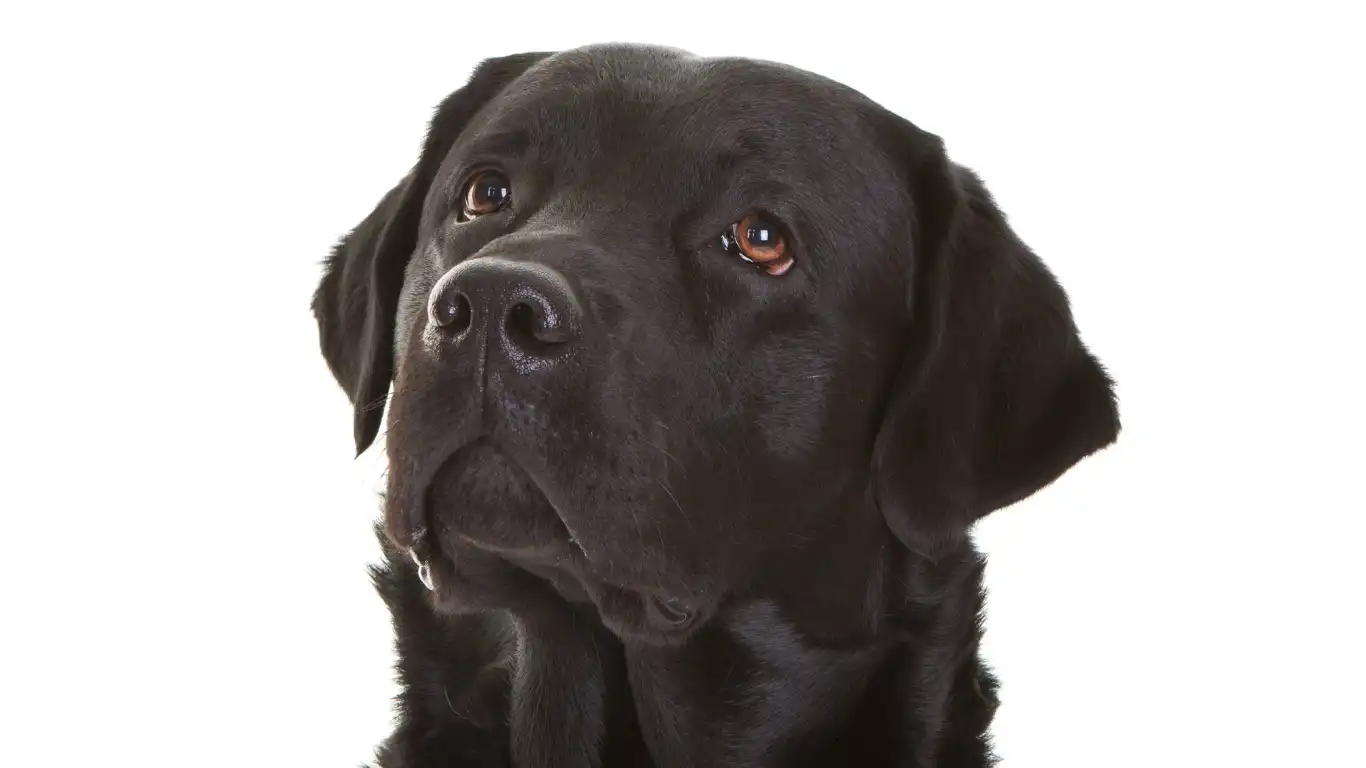
Finally, once you’ve picked out a harness and you’re ready to buy, it’s important to test it before fully committing. Many pet stores will allow you to try on a harness before purchasing it, which can be a huge help in finding the best fit. If you’re shopping online, make sure to check the return policy in case it doesn’t fit quite right when you get it home.
When trying the harness on your dog, look for a few key things. First, check the overall fit. You should be able to comfortably slide two fingers between the harness and your dog’s body, especially around the neck and chest areas. Second, observe how your dog moves while wearing the harness. They should be able to walk, run, and play without any discomfort or restriction.
Remember, the perfect harness is all about your dog’s comfort and your control while out on walks. With a little patience and the right fit, you’ll both enjoy your walks a lot more. In the next section, we’ll dive into common mistakes dog owners make when choosing a harness, so stick around!
Common Mistakes to Avoid When Choosing a Dog Harness
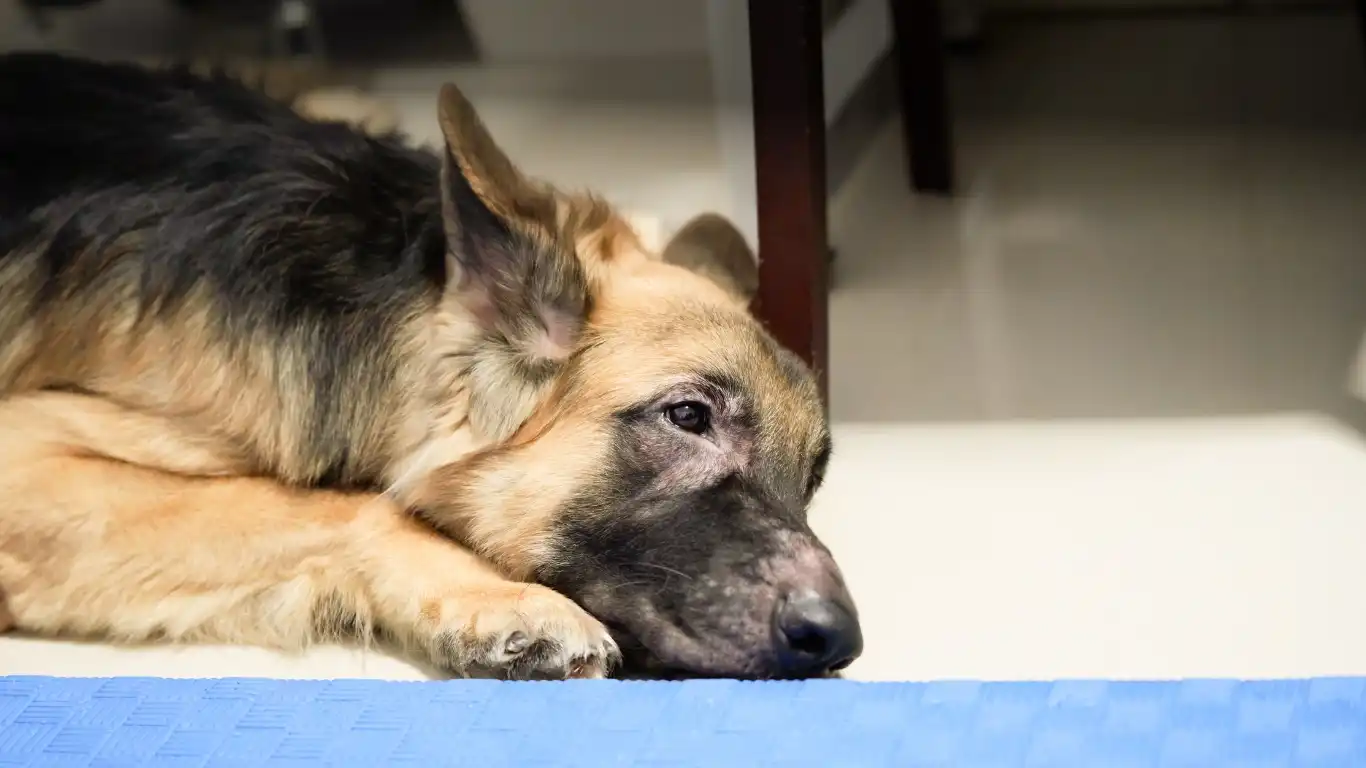
Now that you know how to measure your dog and choose the right style, let’s talk about some common mistakes that dog owners make when selecting a harness. I can’t tell you how many times I’ve seen these issues in my clinic, and while it’s all part of the learning process, it’s important to avoid these pitfalls to ensure your dog’s comfort and safety on walks.
1. Ignoring the Manufacturer’s Size Guide
It can be tempting to rely solely on your dog’s weight when choosing a harness, but as I mentioned earlier, that’s not always the best way to go. Every brand has its own size chart, and a small from one manufacturer might not fit the same as a small from another. Always, always, always check the manufacturer’s size guide before purchasing. Even if you’re familiar with the brand, the design or materials could differ between models.
I once had a client whose dog was between two sizes according to the chart, and after going with the smaller option, they ended up with a harness that was just too tight. It caused some rubbing and discomfort during walks. They were disappointed because the harness “looked right,” but size matters more than appearance!
2. Choosing Style Over Comfort
I totally get it—some harnesses look absolutely adorable. But let’s face it: comfort is far more important than a flashy design. If your dog isn’t comfortable in their harness, it can make walks miserable for both of you. Look for harnesses made with soft, breathable materials that don’t irritate your dog’s skin, and make sure the straps are adjustable for a custom fit.
In my experience, I’ve seen many small dogs with cute little harnesses that end up causing chafing or hair loss due to the rough edges. It’s tempting to pick a harness based on how it looks, but your dog’s comfort should always be the priority.
3. Not Testing the Fit Properly
Another common mistake is not properly testing the fit before you head out for a walk. After you’ve adjusted the straps and gotten the harness on your dog, take a few minutes to observe how they move. Are they able to walk comfortably? Does the harness sit in the right places (behind the front legs, around the chest)? If they’re showing signs of discomfort—like tugging or trying to wriggle out of it—that’s a sign the fit isn’t right, and you should make adjustments or try a different size.
Something I recommend to my clients is to take their dog for a short test walk in the new harness before committing to a long outing. This way, you can check for any discomfort or issues. I’ve worked with several dogs whose harnesses seemed fine at first glance but caused discomfort once they started moving around. Testing it out first can save you a lot of trouble later.
4. Skipping the Return Policy Check
Shopping online can be a real convenience, but it’s always a good idea to double-check the return policy when buying a harness. No matter how carefully you measure or how well you think the harness will fit, there’s always the possibility it won’t work as expected. And trust me, dogs can be very particular about what they’ll tolerate! If the harness doesn’t fit properly or your dog seems uncomfortable, you’ll want to be able to return or exchange it.
My advice? Make sure you buy from a retailer with a solid return or exchange policy. You don’t want to end up stuck with a harness that isn’t right for your dog. Some stores even allow you to try on the harness in-store, which is an added bonus if you can make that work.
Maintaining Your Dog’s Harness
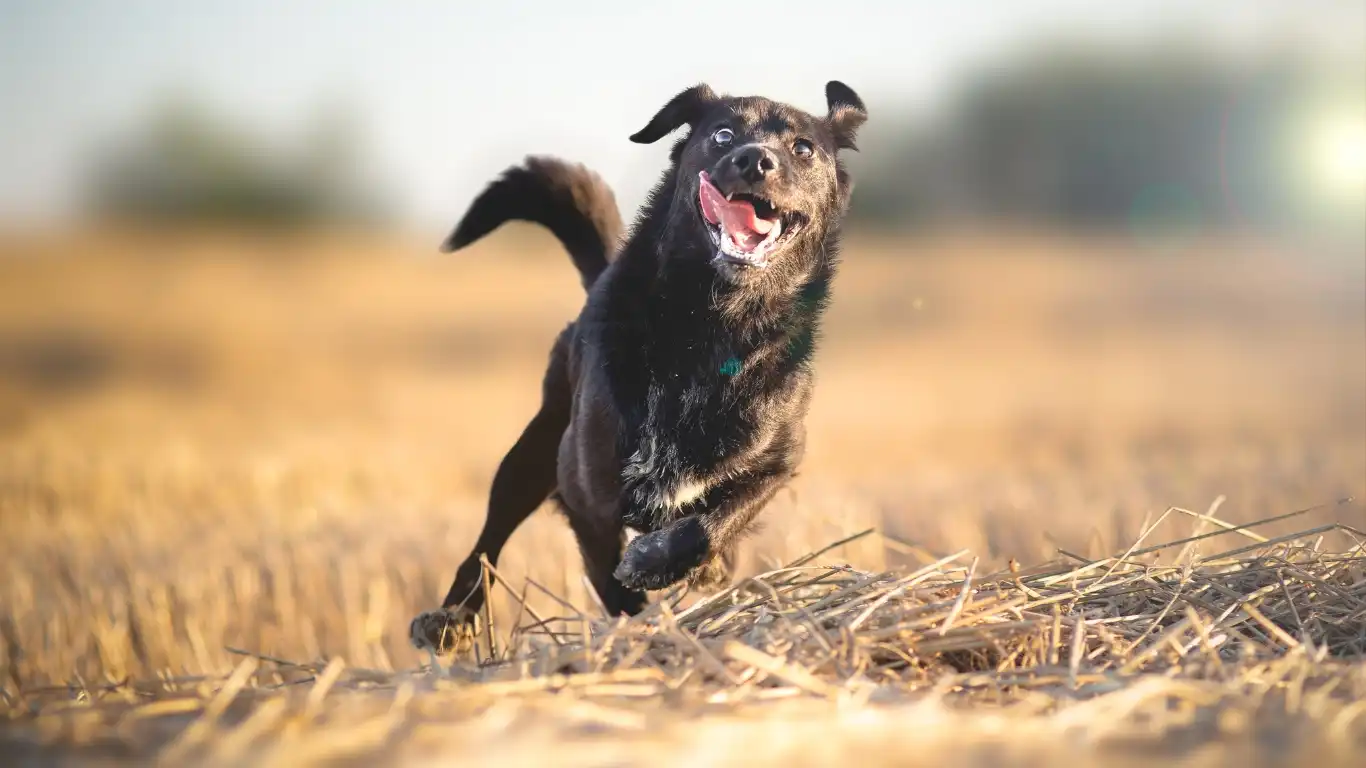
Once you’ve found the perfect harness for your dog, the next step is maintaining it. A well-maintained harness not only lasts longer, but it also keeps your dog safe and comfortable on walks. Here are a few tips to make sure your harness stays in top shape:
1. Regular Cleaning
Just like any other pet accessory, your dog’s harness needs regular cleaning to remove dirt, sweat, and bacteria. I’ve worked with several pet owners whose dogs developed skin irritation from dirty harnesses. If your dog wears their harness daily, be sure to wash it regularly. Most harnesses are machine washable, but always double-check the care instructions before tossing it in the wash.
Washing the harness not only helps with hygiene but also ensures the materials remain soft and flexible, preventing any discomfort or rubbing. I recommend washing it once every couple of weeks, or more often if your dog is especially active or enjoys playing in muddy areas.
2. Check for Wear and Tear
Keep an eye out for any signs of wear, especially around the buckles, straps, or the harness itself. Over time, wear and tear can cause the harness to lose its effectiveness. I’ve had clients bring in harnesses that were frayed or broken at the straps, which could have easily led to an accident or injury during walks. If you notice any damage, it’s time to replace the harness. Always check for frayed stitching or any broken clasps that could compromise the fit and safety of the harness.
3. Adjust the Fit as Needed
As your dog grows, gains or loses weight, or changes shape, it’s important to adjust the harness for a perfect fit. I’ve seen many pet owners overlook this and continue using the same harness even as their dog’s body changes. Make sure to regularly check the fit and adjust the straps if necessary. A harness that was a perfect fit a few months ago might not be the best fit now, especially for growing puppies or older dogs who may have gained weight or lost muscle tone.
References & Additional Resources
For more detailed information on dog care and product recommendations, feel free to visit [PawPatron](https://pawpatron.org). Our blog has numerous tips on pet nutrition, health, and product reviews to help you make informed choices for your dog.
If you’re looking for more resources, you can also check out the following:
- PawPatron Blog – Helpful tips for dog owners
- Dog Care Guides – Comprehensive guides on pet care
- Contact Us – Get personalized advice from pet experts
Disclaimer: This article is for informational purposes only. Always consult a veterinarian or professional pet care provider to ensure the best choices for your pet’s health and comfort. The recommendations provided are based on personal experience and should be adapted to your dog’s specific needs.
